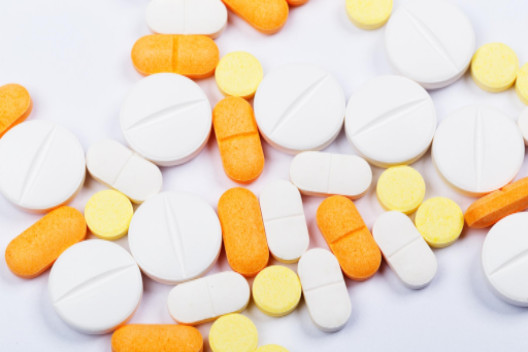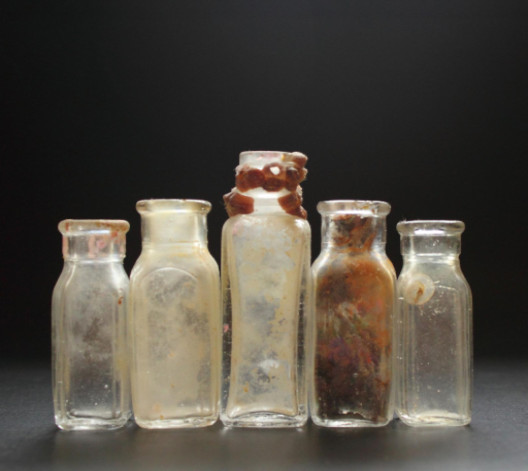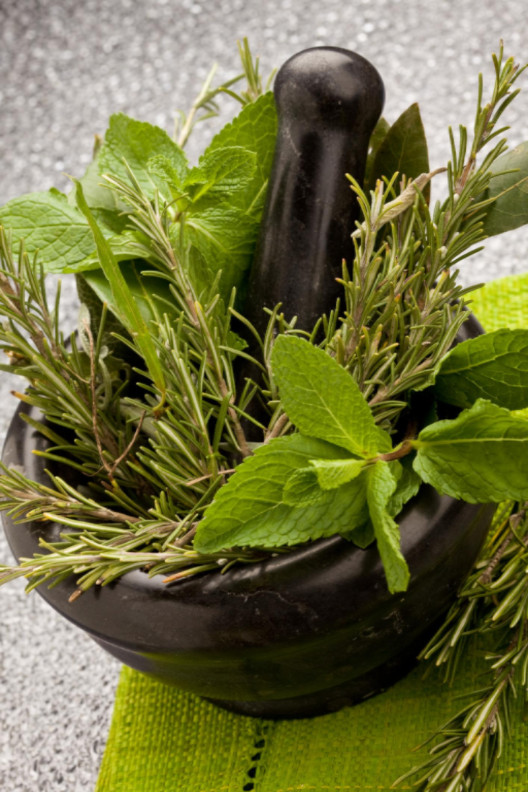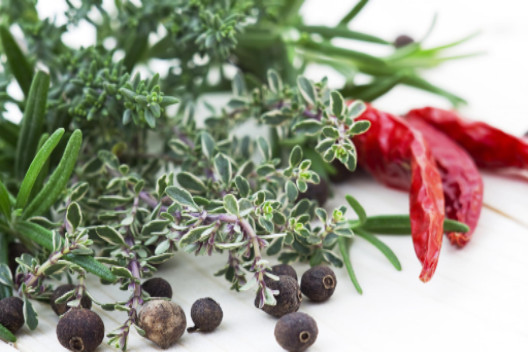When we hear the word “inflammation,” we usually think of the classic symptoms of acute inflammation, which include redness, swelling, loss of mobility and pain. The word inflammation comes from the Latin word “inflammatio,” which translates to “setting on fire.”
The five cardinal signs of inflammation are:
1. Rubor – Rubor or a redness of the injured or infected area is caused by increased blood flow.
2. Calor – Calor or an increase in heat is also a product of the increased blood flow.
3. Tumor – Tumor refers to a swelling of the area caused by a build-up of fluid.
4. Dolor – Pain is a factor because of the chemicals released that stimulate the nerve endings.
5. Functio lasea – Due to the four signs above, there is often a loss of function of the area.
What causes acute inflammation?
Acute inflammation is the body’s normal tissue response to injuries, foreign bodies and other outside factors. It is the defense mechanism of body tissue reacting to kick start the healing process.
The causes of acute inflammation fall into the following categories:
1. Physical – Some of the physical causes of inflammation include frostbite, burns and injuries.
2. Biological – Biological inflammation refers to infection, stress, or immune reactions.
3. Chemical – Chemical causes for inflammation include alcohol abuse and exposure to other toxins.
4. Psychological – Blushing is a form of inflammation. It is usually caused by embarrassment, but other types of nervousness or emotional responses may also cause redness and inflammation.
Some diseases and disorders can impact the quality of life and even be fatal. The conditions resulting from inflammatory disorders include arthritis, asthma, auto-immune disorders, cancer, IBS and more. An individual suffering from an inflammatory disorder is considered to have chronic inflammation.
How Acute Inflammation Works
Whether you stubbed your big toe or are recovering from poison ivy, your body is working hard to bring things back to normal. The process of acute inflammation is a complicated one, but here are some of the highlights:
The Inflammation Process:
1. Activation of resident cells and granulocytes that contain enzymes to digest harmful microorganisms
2. Recruitment of macrophages white blood cells to rid the body of foreign particles and infectious microorganisms
3. Lymphocytes (effectors immune cells) – infiltrates to enable immune responses
4. Recruitment and reactivation of mesenchymal to form new blood cells and connective tissue
5. Tissue remodeling or the regeneration of damaged tissue
Acute Inflammation Treatments
Even though the body is at work repairing itself during acute inflammation, there may still be a fair amount of pain and discomfort. There are various ways to alleviate the symptoms of acute inflammation:
• Over-the-Counter NSAIDs – NSAIDs, or non-steroidal inflammatory drugs, come in liquid, tablet or capsule form. They work by blocking the enzymes which cause the C2 receptors to create inflammation. Some examples of NSAIDS are:
o Ibuprofen
o Aspirin
o Naproxen
o Acetaminophen

Recent findings regarding the unwanted side effects of long-term NSAID use have made this inflammation treatment option undesirable for many. In fact, the U.S. Food and Drug Administration (FDA) has recently reinforced its warning about the dangers of anti-inflammatory drugs.
• Narcotics – Narcotics are typically prescribed for more severe pain such as post-surgery. They are administered in pill, liquid or injection form. Narcotics alleviate pain by binding receptors in the brain. A few examples of narcotics are as follows:
o Codeine
o Morphine
o Tramadol
o Vicodin

Addiction is a common problem with prolonged narcotics uses. In fact, according to the National Institute on Drug Abuse, the number of prescription medicine abusers in 2010 was 8.76 million. Most abused prescription drugs fall under 3 categories: painkillers (5.1 million), tranquilizers (2.2 million) and stimulants (1.1 million).


Cannabis may provide relief in ingested or topical forms:
- Ingested – Hemp or marijuana may be smoked, eaten in edibles, or used in teas and tinctures.
- Topical – Topical hemp treatments are a good way to get relief from acute inflammation without some of the side-effects that may be present in NSAIDs and narcotic pain relievers. Hemp topicals can be found in creams, massage oil, or serum form. Hemp topicals made from the root of the hemp plant are especially effective at treating inflammatory pain, with the use of hemp root dating back to ancient China. It is important to note that hemp oil or any essential oil should not be placed directly on the skin. Products are typically combined with carrier oils or other base ingredients.
If inflammation symptoms don’t subside within 48 hours, it is wise to check with a healthcare professional to see if further treatment is needed. If untreated, acute inflammation may develop into chronic inflammation.